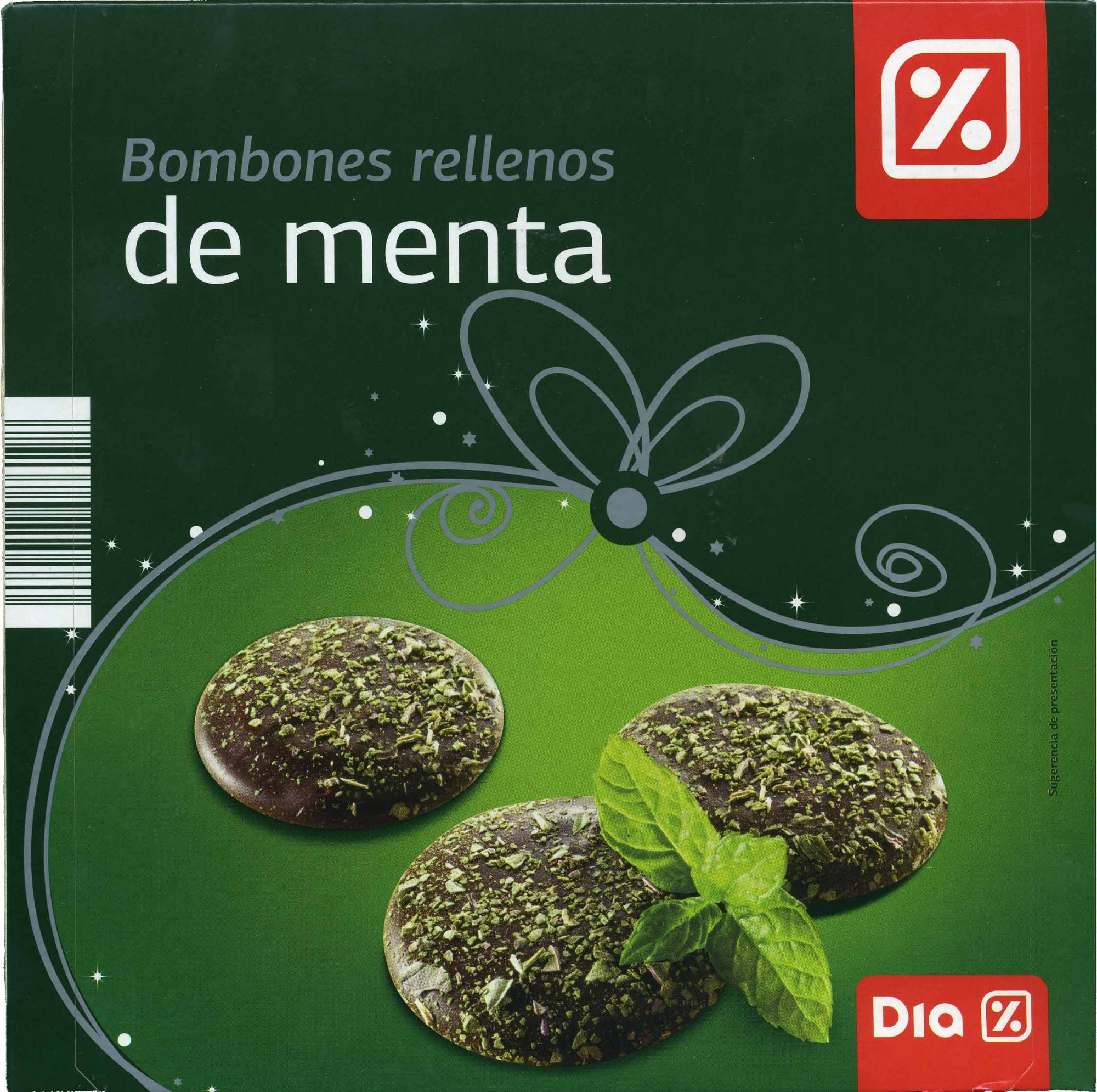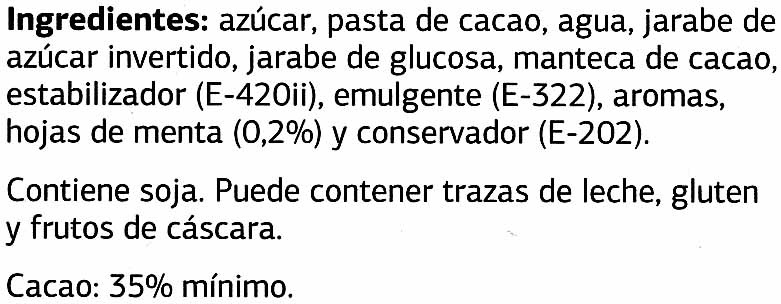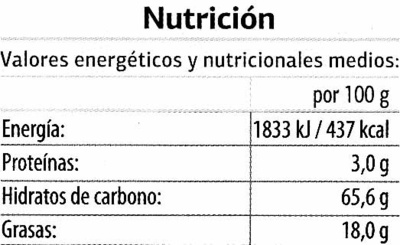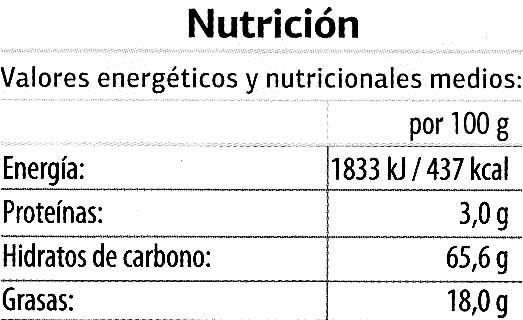Bombones rellenos de menta - Dia - 200 g (18 Ud.)
Aquesta pàgina del producte no està completa. Podeu ajudar a completar-la editant-la i afegint-hi més dades a partir de les fotos ja disponibles, o fent-ne més amb l'aplicació de androide o iPhone / iPad. Gràcies!
×
Codi de barres: 8480017086198 (EAN / EAN-13)
Nom comú: Bombones rellenos de menta
Quantitat: 200 g (18 Ud.)
Empaquetament: es:Caja de cartón, es:Tarrina de plástico
Marques: Dia
Categories: Snacks, Aperitius dolços, Cacau i derivats, Llaminadures, Caramels de xocolata, Bombons
Etiquetes, certificacions, premis: Vegetarià, Vegà
Llocs de fabricació o processament: Flandes, Bélgica
Codi de traçabilitat: FABRICANTE Y ENVASADOR:, THE BELGIAN CHOCOLATE GROUP N.V.
Botigues: Dia
Països on es va vendre: Espanya
Matching with your preferences
Entorn
Empaquetament
Transport
Report a problem
Fonts de dades
Producte afegit per javichu
Última modificació de la pàgina del producte per packbot.
La pàgina del producte, també editada per acuario, moon-rabbit, musarana, thaialagata.









